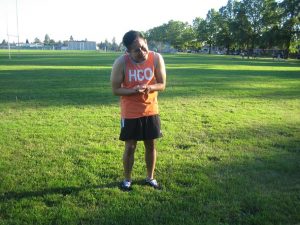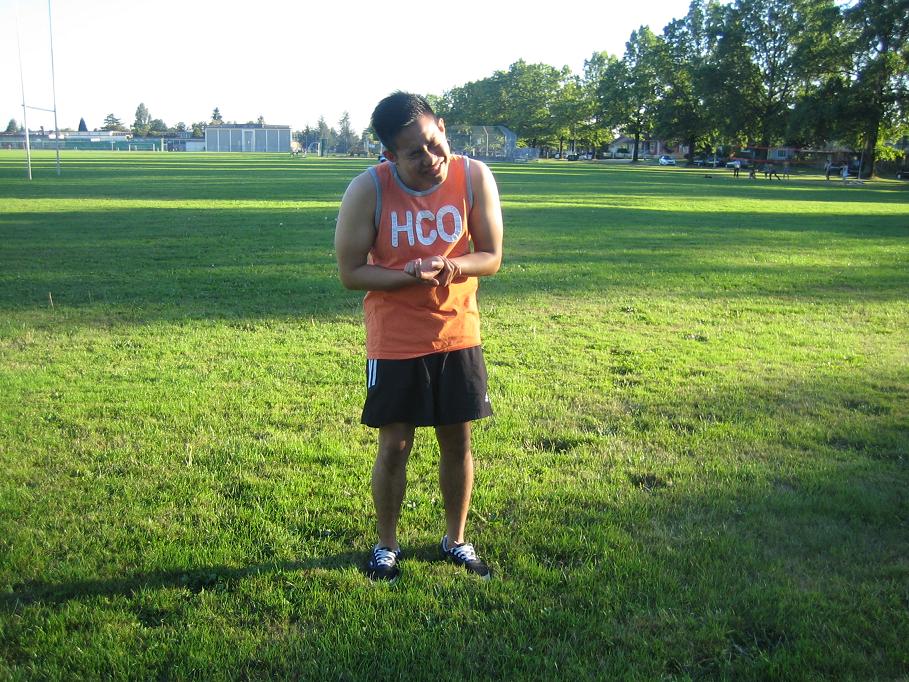Epidermoid cyst is made of keratin which is a protein constituent that is present in hair and skin. In case when the wall the cyst breaks, it then secretes a sticky yellowish liquid called keratin. Generally, it causes irritation on the skin.
Epidermoid cyst usually develops on the head, neck, back or the genitals. Generally, they can range in size from ¼ inch to 2 inches across. In addition, they are small bump, are tan to yellow in color and they are filled with thick and smelly matter.
Causes of epidermoid cyst

- Due to accumulation of keratin which is a protein that happens naturally in the cells of skin.
- Keratin is trapped below the skin due clogged follicles of hair.
- Skin injuries
- HPV infection
- Acne or excessive exposure to the sun
- Implantation of epidermis to dermis during surgery
- Blockage of the pores near to a pierced area
- Lastly, bacterial infection and form a pimple like structure
Symptoms
- At first, the affected area becomes hot or warm
- Redness of the skin
- When the affected is pressed, foul drainage oozes from the cyst
- Lastly, painless dome-like construction
Treatment
- Apply warm compress on the cyst. Generally, soak a clean washcloth in hot water at least 37-40 C or 100 F. wring out excess water and apply to the area for at least 10-30 minutes until the cyst dries up. Heat dilates the blood for proper flow of blood in the area. It also flushes out inflammatory exudates and waste products from the swelling. Another alternative is using a hot water bottle or a heating pad and wrapped using a damp towel before placing to the area to prevent burn. The heat and moisture can relieve the lump.
- If the lump starts to drain pus, cover it with a bandage to keep the material from spreading. Change bandage every day.
- Keep the cyst clean. Wash the affected area using non irritating antimicrobial soap in running water. Pat dries the skin using a clean cloth or towel. Cover the area using sterile gauze. Make sure the area is always dry all the time, to prevent further irritation and worsen the condition. Avoid applying cosmetics on the affected area to prevent further damage.
- Avoid popping the cyst by you to prevent the risk of an infection and result to permanent scarring. If it accidentally pop or burst, wash the affected area properly using a non-irritating antimicrobial soap under running water.
- Take the prescribed antibiotic to fight the infection. Finish the course of the medication to prevent weakening of the infection and recur again.
Tips
- Drink plenty of water to drain waste materials from the body.
- Consume foods rich in vitamins.
- Take antibiotic herbs which stimulate lymphatic flow.
- Avoid popping the cyst, let it drain naturally.
FACT CHECK
https://en.wikipedia.org/wiki/Epidermoid_cyst
https://www.healthline.com/health/epidermoid-cysts
https://www.mayoclinic.org/diseases-conditions/sebaceous-cysts/symptoms-causes/syc-20352701

